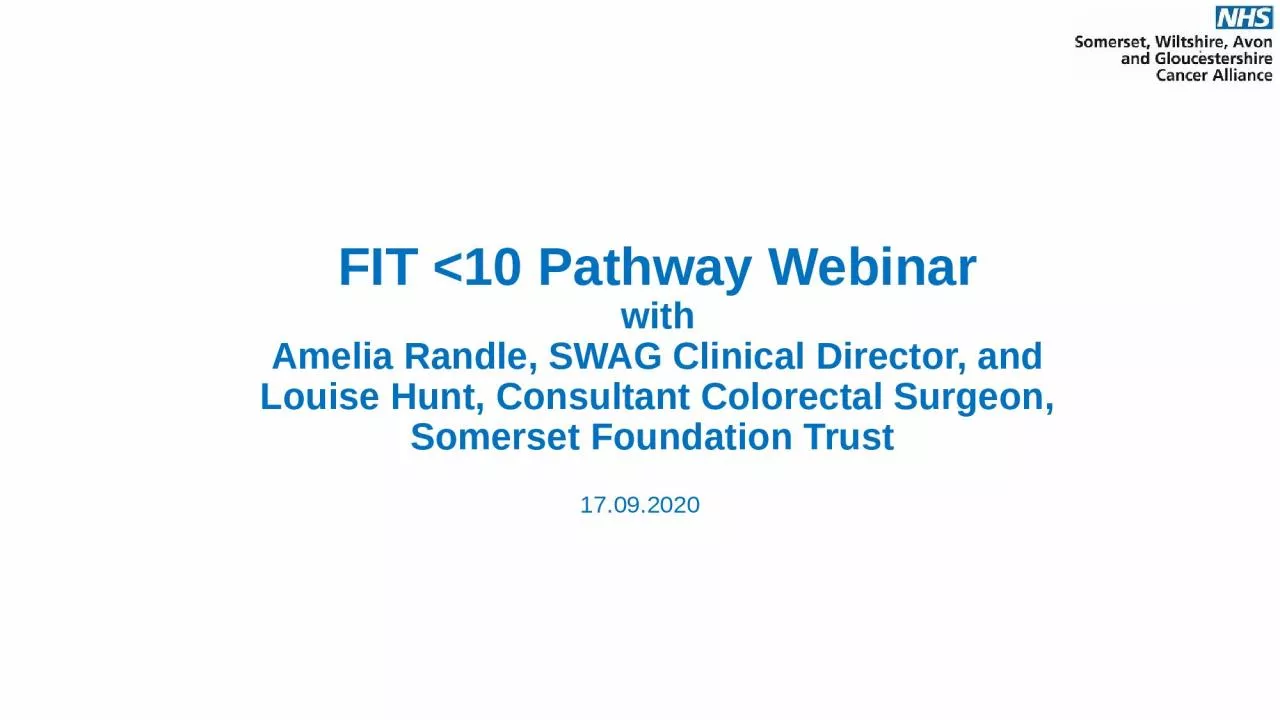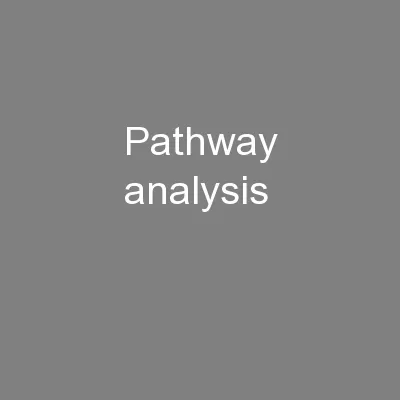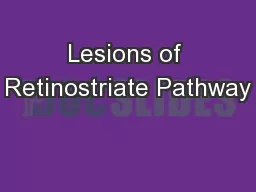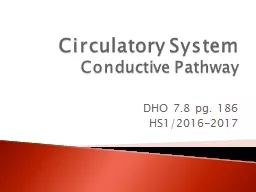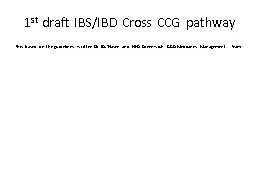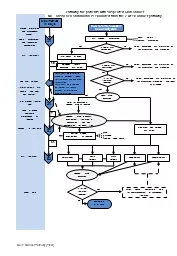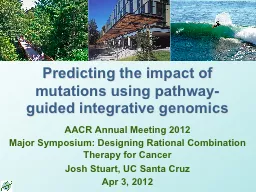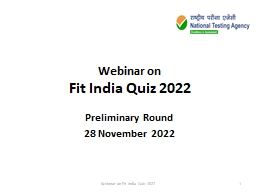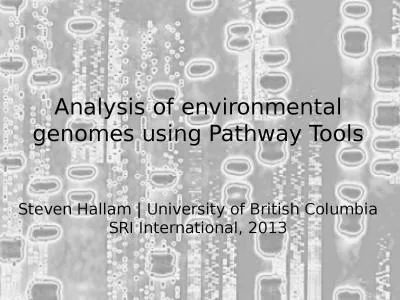PPT-FIT <10 Pathway Webinar
Author : trinity | Published Date : 2024-02-03
with Amelia Randle SWAG Clinical Director and Louise Hunt Consultant Colorectal Surgeon Somerset Foundation Trust 17092020 Agenda Agenda Item Welcome and Introduction
Presentation Embed Code
Download Presentation
Download Presentation The PPT/PDF document "FIT <10 Pathway Webinar" is the property of its rightful owner. Permission is granted to download and print the materials on this website for personal, non-commercial use only, and to display it on your personal computer provided you do not modify the materials and that you retain all copyright notices contained in the materials. By downloading content from our website, you accept the terms of this agreement.
FIT <10 Pathway Webinar: Transcript
Download Rules Of Document
"FIT <10 Pathway Webinar"The content belongs to its owner. You may download and print it for personal use, without modification, and keep all copyright notices. By downloading, you agree to these terms.
Related Documents

